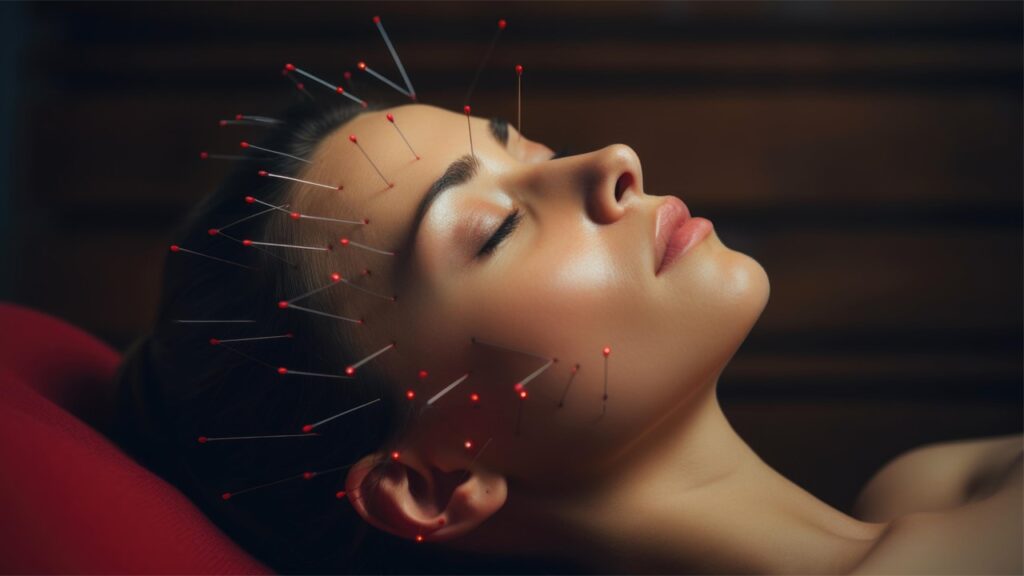At GreenMedInfo.com, Sayer Ji explains the world’s growing reliance on traditional medicine, writing:
As scientific evidence mounts in support of traditional healing practices, the once-fringe world of alternative medicine is moving into the mainstream, poised to transform global health as we know it
As the founder of Greenmedinfo.com, I have witnessed firsthand the growing global interest in natural medicine. What began as a personal passion project in 2008 has evolved into a comprehensive open-source database containing over 100,000 studies and translational articles covering more than 10,000 topics related to natural healing.
The popularity of Greenmedinfo.com has been astounding, with over 250 million visitors from around the world accessing the site over the past 15 years. This widespread interest underscores the universal appeal of evidence-based information on alternative medicine and the desire for natural approaches to health and well-being.
Through my work on Greenmedinfo.com, I have been privileged to explore the vast breadth of scientific research on complementary and alternative therapies. From studies on the anti-inflammatory properties of turmeric to the potential of meditation to alleviate anxiety and depression, the evidence supporting the efficacy of natural remedies is continually growing. By making this wealth of information accessible to the public, I believe Greenmedinfo.com has played a significant role in validating traditional healing practices and fueling the global revival of natural medicine.
Recent survey data reveals that a significant portion of people in many countries actually prefer alternative healing methods over conventional Western medicine. The figures vary considerably by country and region,1 but underscore the widespread global use of traditional and complementary medicine (T&CM) highlighted in the WHO Global Report on Traditional and Complementary Medicine (2019).
According to the WHO report, 88% of Member States, corresponding to 170 countries, acknowledged use of T&CM. The actual prevalence of T&CM usage is likely even higher. These healing practices take many forms, including herbal medicines, acupuncture, ayurvedic medicine, traditional Chinese medicine, homeopathy, naturopathy, chiropractic, osteopathy, and indigenous traditional medicines.
Usage data from the report demonstrates the popularity of T&CM:
- In India, over a quarter of urban respondents (28%) said they favor alternative therapies.
- In Switzerland, South Africa and China, 24% prefer alternative healing methods to conventional medicine.
- In the United States, 21% expressed a preference for alternative approaches, higher than most European nations.
- Other Asian countries showed strong acceptance of T&CM, with usage rates of 24% in the UAE, 22% in Saudi Arabia, and over 20% in Pakistan, Thailand and Singapore.
Many countries recognize the important role T&CM can play in meeting health needs. As of 2018, 98 WHO Member States had developed national T&CM policies, 109 had launched laws or regulations on T&CM, and 124 had implemented regulations on herbal medicines.2 34 countries included traditional herbal medicines in their national essential medicines lists.
Research supports the benefits of many T&CM practices. According to Dr. Susan Wieland, co-chair of the WHO Traditional Medicine External Advisory Group, evidence from over 20 clinical trials indicates yoga effectively alleviates chronic back pain and improves function. Acupuncture has also proven beneficial for pain relief.2
Even ancient healing wisdom finds support in modern science. Dr. Wieland notes that the traditional Ayurvedic practice of exposing jaundiced babies to sunlight parallels the phototherapy used in conventional medicine today, now that we understand how it helps break down bilirubin.2
With advances in technologies like AI and functional brain imaging enabling deeper study and understanding of T&CM, researchers continue to uncover new evidence of safety and efficacy. As this evidence base grows, integrating T&CM into health systems offers exciting potential to expand access to care, contain costs, and improve patient well-being. The WHO’s support in helping countries develop T&CM policies, build research capacity, and ensure safety will be key to realizing these benefits globally.
Read more here.
If you’re willing to fight for Main Street America, click here to sign up for my free weekly email.






